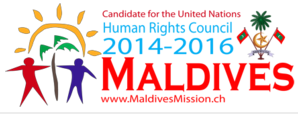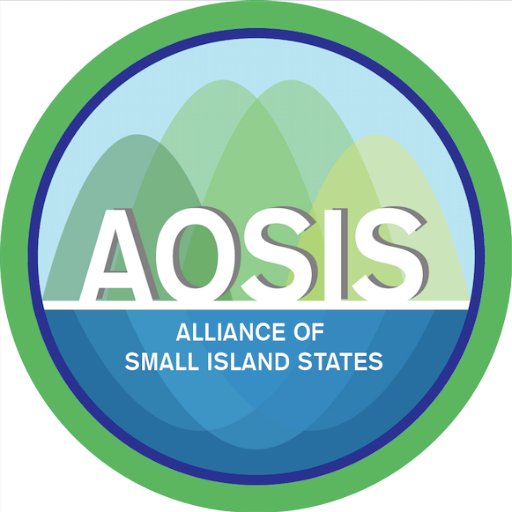Multi-Stakeholder Partnerships and the 2030 Agenda – How to review and improve their contributions to the implementation of the SDGs
High Level Political Forum – Partnership Exchange
Statement by Mariyam Midhfa Naeem, Counsellor, Permanent Mission of Maldives to the UN
New York, 18 July 2016
Chair, Moderator, Excellencies, Colleagues, Ladies and Gentlemen,
First, let me say thank you to the panelists, as well as the respondents for their rich contributions to this discussion on multi-stakeholder partnerships. In the previous session, you heard about the SIDS Partnership Framework, so I wont go into detail. You may also visit The SIDS Action Platform at www.sids2014.org for more information.
They key objective of the Partnership Framework was to see how the 300 partnerships announced in Samoa, were helping SIDS realize the SAMOA Pathway, also tie it into the 2030 Agenda, learn from the partnerships being implemented, and use that information to attract new ones.. Let me outline some lessons learnt during the process.
1. Asking for specifics versus maintaining flexibility: the SIDS Framework outlined key criteria for SIDS partnerships - the SMART criteria (SIDS-Specific, Measurability, Attainable, Realistic, and Timely). We needed to know information about deliverables, the resources required and utilized, as well as specific details. But we also needed to keep the parameters of the template broad with enough room for each partnership to present their views, their own way.
2. The importance of Sticks and Carrots: We needed the partnerships to report, so that we could measure them. This is why we had the traffic light system to indicate partnerships that were reporting and not reporting. We also had focal points that we could talk to directly and were responsible for providing updates and the reports. But we also had to keep in mind that reporting was voluntary, and that too rigid reporting would discourage them if not met with incentives. So, we used the SIDS Newsletter, and will issue a Partnership Pamphlet, and present partnerships who report in the Dialogues and other events.
3. The need for dialogue: We found that partnerships work best when coupled with dialogue. When SIDS, non-SIDS, public, private sector, and civil society and get together to talk about things they are doing, ideas are born, and lessons learnt are shared. This is why a key component of the Framework is the dialogues: annually at the global, and as appropriate at the regional and national level.
Thank you.



